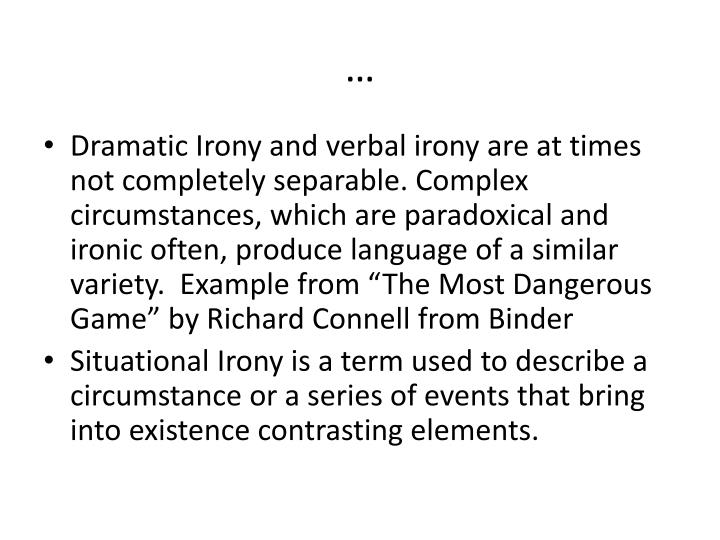


And during the early hours of 26 April 1986, the profundity of these problems was revealed in the most catastrophic way at a nuclear power plant near Pripyat, some 150 kilometres from Kiev. Reform of this magnitude demanded a brutal and uncensored reckoning with the Soviet Union’s systemic problems. And, of course, neither the party nor the state felt any special compulsion to shed their sluggish habits. Gorbachev’s plans lacked both detail and cohesion. Before long, the humdrum Russian words “ glasnost” (openness) and “ perestroika” (restructuring) had entered the global political lexicon. The party – and then the state – would be democratised. Western leaders would be rendered partners, not antagonists. Agreements would be made on nuclear disarmament. The victims of past injustices would be recognised. The Soviet economy would be made more efficient and receptive to people’s needs. What the world’s second superpower needed was reform. Renewal, Gorbachev soon realised, would not suffice. The Politburo that elected Gorbachev as their leader had an average age of 70: the white-haired, grey-suited men (for they were all men) looking every bit the staid bourgeoisie they claimed to despise. Indeed, it says a lot about the degeneration of the Soviet system that the 54-year-old General Secretary could be viewed as the very emblem of youth and vibrancy. Gorbachev brought with him to high office equal measures of energy and expectation. This was the comfortable, do-nothing, self-assuredness that Mikhail Sergeyevich would so dramatically upset.Īs a cloud of radioactive particles from Chernobyl drifted over Europe, the dominos of the Soviet system’s failures fell. Whatever future promise might once have tethered the toiling Soviet population to the revolutionary party that claimed to speak in their name, by the 1970s the CPSU had withered into a sclerotic body that pursued nothing more than its own preservation. As Gorbachev quickly came to realise, the Communist Party (CPSU) he had inherited was little more than a corrupt, cumbersome and inflexible bureaucratic machine. But by the time he came to occupy the Soviet Union’s supreme office in 1985, these dreams of dynamism, movement and mobility were all but dead. Before long, he was appointed party boss of the whole region. He shone as the Komsomol (Young Communist League) chief in his home territory of Stavropol, quickly attracting the attention of would-be patrons in Moscow. After graduating from MGU, Gorbachev’s rapid rise through the party ranks was facilitated by an ideology that had every interest in promoting the best and brightest from the Soviet Empire’s far-flung regions. Those post-war years were also the Soviet Union’s halcyon days of social mobility. Mikhail Gorbachev with UK Prime Minister Margaret Thatcher on her visit to the Soviet Union, Moscow, June 1990 (Wojtek Laski/Getty Images) Just over 30 years later, he would occupy the dead tyrant’s office. As a student, Gorbachev pressed through the throngs of weeping mourners to catch a glimpse of Stalin’s corpse. The timing was fortuitous: Joseph Stalin’s death in 1953 heralded a period of momentous, tectonic change in the Soviet Union. But wits and a sparkling intelligence soon elevated the young Gorbachev to study at the prestigious Moscow State University (MGU). Later, during the Second World War, his village was occupied by the invading German Army. Just over 30 years later, he would occupy the dead tyrant’s office.īorn to a peasant household in the North Caucasus in 1931, the Soviet Union into which Gorbachev arrived was riven by famine and terror, both of which touched his immediate family.


 0 kommentar(er)
0 kommentar(er)
